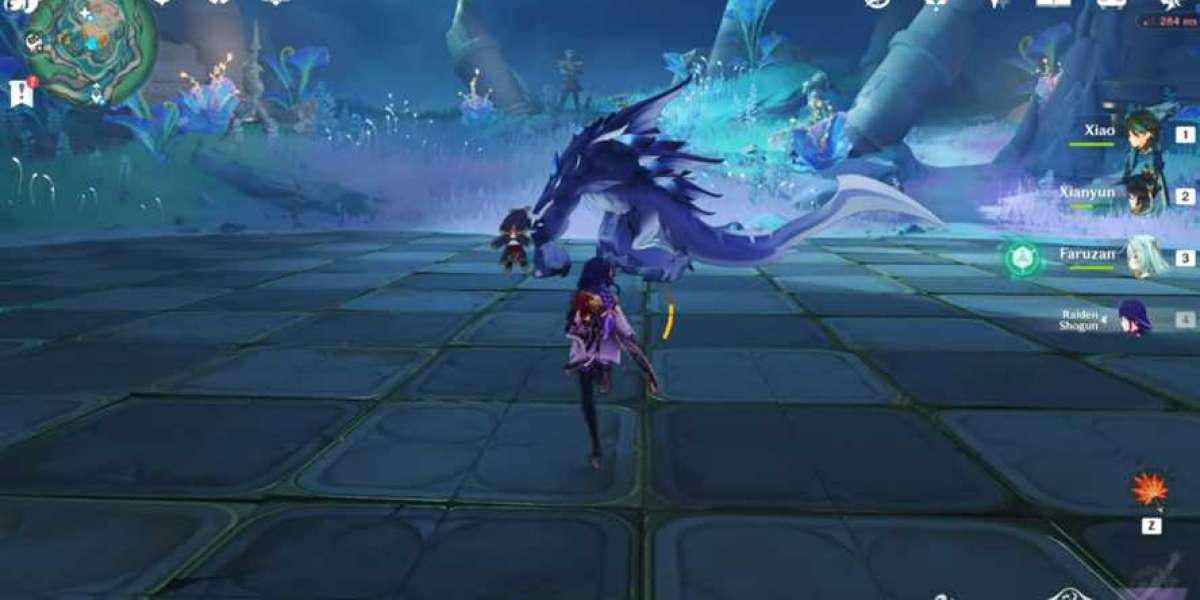Introduction:
In the hot summer of 1963, the United States was undergoing turbulence in its fight for civil rights. Racial segregation and discrimination were pervasive, and the African-American community was exhausted from decades of oppression. But in September of that year, a historic event took place that would mark a crucial turning point in the struggle for equality. The March on Washington for Jobs and Freedom, held on August 28, 1963, brought together over 250,000 people from all walks of life to demand civil rights reforms and economic equality. This monumental gathering, led by influential civil rights leaders, turned out to be one of the largest peaceful demonstrations in American history.
Detailed Description:
On that fateful day in Washington D.C., the atmosphere was electric with anticipation. Buses, cars, and trains arrived from every corner of the country, bringing people of all races, ages, and backgrounds who shared a common goal: to advocate for justice and equality. The National Mall, the heart of the city, quickly filled with a sea of faces, each person determined to be heard.
The March on Washington for Jobs and Freedom was significant not only because of its massive turnout but also due to the profound impact it had on American society. Leading the demonstration were influential speakers and civil rights activists, including Martin Luther King Jr., who delivered his iconic I Have a Dream speech, which will forever resonate in the annals of history. His stirring words called for an end to racial inequality, discrimination, and segregation and painted a vivid picture of a future America where people, regardless of their skin color, would live in harmony.
The slogans and placards carried by the marchers symbolized their collective demands: We Demand Freedom, Jobs and Freedom, End Segregation, and Equal Justice Under Law. These banners represented their unwavering commitment to fighting for civil rights, voting rights, and economic justice. The March on Washington was not just a symbolic protest; it was a call to action, seeking to encourage lawmakers to enact meaningful legislation to address these longstanding grievances.
The March on Washington sent shockwaves throughout the nation, capturing the attention of politicians, the media, and the American public alike. It propelled the Civil Rights Act of 1964 and the Voting Rights Act of 1965, two landmark pieces of legislation that significantly advanced the cause for equality and justice. This historic event demonstrated the power of collective action and peaceful protest, paving the way for subsequent movements that would bring about profound changes in American society.
Conclusion:
The March on Washington for Jobs and Freedom in September 1963 was a watershed moment in the fight for civil rights, as it brought together hundreds of thousands of individuals who all believed in the power of unity, equality, and justice. This pivotal event, marked by the memorable I Have a Dream speech, ignited the national dialogue on race and set the stage for significant legislative changes in the United States. The impact of the March on Washington can still be felt today, reminding us that the struggle for civil rights and equality is an ongoing endeavor that requires vigilance and continued dedication.



